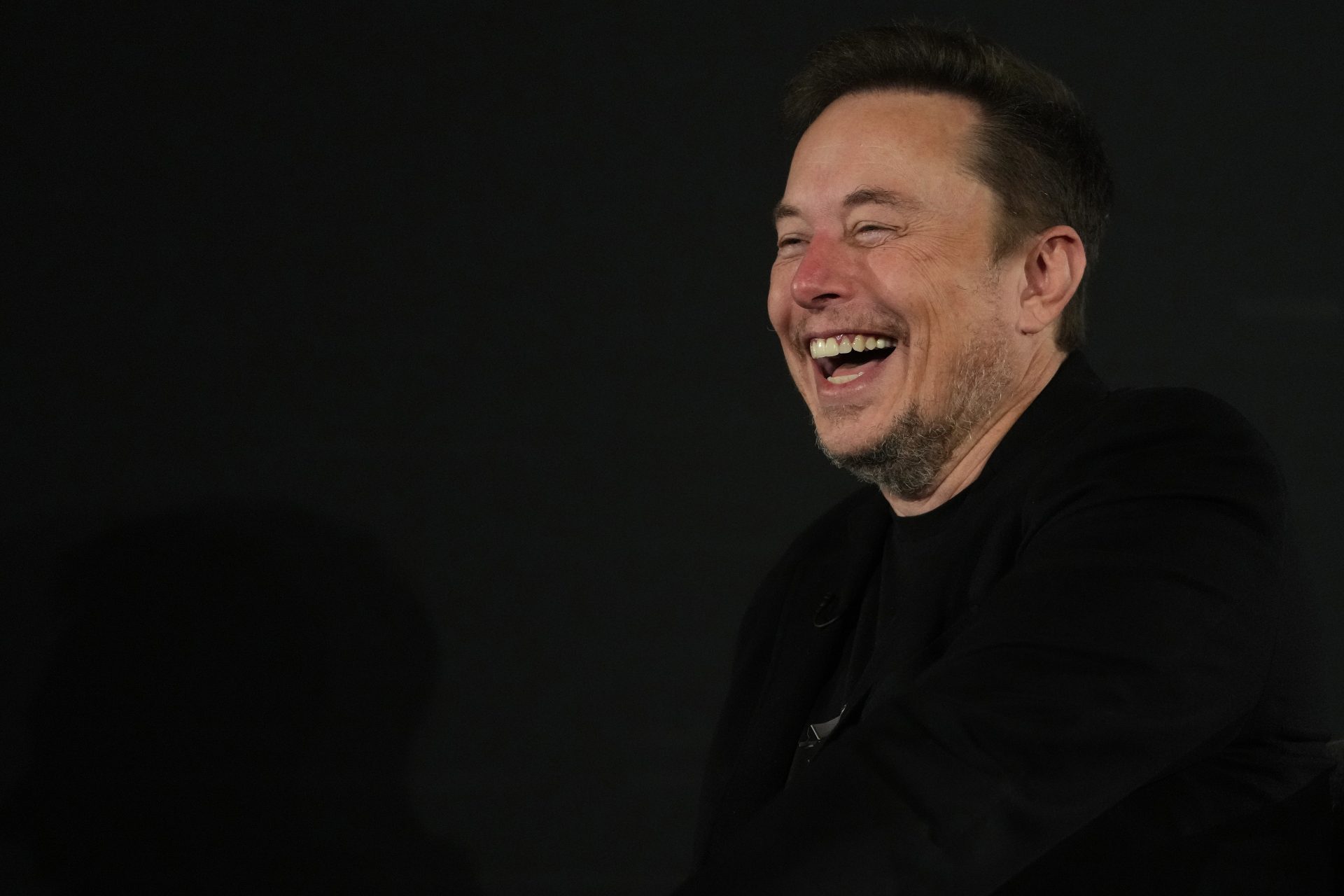It will have an ambitious and evocative name,”Telepathy”, the brain device that was implanted in a human for the first time. Neuralink, Elon Musk’s neurotechnology company, he also made it known that the person is well and recovering. The approval for testing on humans, who will be patients with tetraplegia, came last year from the American FDA after much work conducted on animals to study the so-called “brain computer interfaces” (Bci human-computer interfaces). In this first phase of the Prime study (which stands for Psevered Robotically Implanted Brain-Computer Interface) we want to understand the safety of the neurosurgical procedure and the implant and recruitment is underway (for those wishing to apply, the requirement is tetraplegia due to spinal injury or ALS, go Who). The ultimate goal is to restore motor function and locomotion to those who, following trauma or neurodegenerative diseases, find themselves paralyzed, allowing them to control their telephone and computer with just their thoughts. The brain implant collects cortical signals, sends them to software that transmits them to external devices.
«Neurotechnologies are at a turning point and can finally provide a real improvement to the patient’s life» tells us Silvestro Micera, head of the Neural Engineering group of the BioRobotics Institute of the Scuola Superiore Sant’Anna and at the Ecole Polytechnique Federale de Lausanne. Micera is an internationally renowned expert and works on the development of new implantable neuroprostheses capable of restoring sensory and motor function in disabled people. When will all this happen? “It’s difficult to say, but I expect that in about ten years this will be the way to allow these patients to walk.”
Photo Agency Sintesi
Restore locomotion
There are many attempts being studied in this sense, from neuroprostheses that create a bridge between the brain, perfectly intact, and the limbs, to the regeneration of the spinal cord with stem cells to the stimulation of nerves that have remained intact but not functioning due to electrical silence arriving from the cortex. They are all alternatives with equal dignity but, for Micera, “neurotechnologies currently seem to be the closest to clinical application”.
The news of the implanted chip
Problems related to brain inflammation caused by the implant should be reduced because the device installed yesterday is less invasive than the previous ones: it consists of very thin electrodes, on the order of micrometres, inserted into cannulae which are positioned by a robotic system right into the primary motor cortex, where the electrodes are implanted and the cannulae are finally extracted. Another novelty is the large number of electrodes which allows for the collection of a lot of data and to make up, at least in part, for the imperfect knowledge of the exact area to which to go. The system is wireless and is not visible to the outside.
Next goals
There are many aspects that still need to be worked on: the knowledge relating to the exact mechanisms in place at the molecular level when a neuroprosthesis is implanted, even if it works, has yet to be completely clarified. Just as the positioning of the electrodes, the technology relating to signal transmission or the materials used should be improved. At the moment, what causes less concern, however, are the difficulties relating to understanding how the brain encodes information relating to movement and therefore relating to the interpretation of neural electrical activity: «There is now enough evidence of decoding brain signals into motor commands” explains the neural engineer. «The question is this: how far can we go?».
Silvestro Micera
A train in full acceleration
Yes, because the goals arrive at an accelerated pace. The first work that allowed a quadriplegic to walk was published in Nature in 2006. In 2014, it was the kick-off of the World Cup in Brazil, kicked by a 29-year-old completely paralyzed from the waist down, but driving an exoskeleton. About ten years after the first patient on Nature, Elon Musk announced plans to create a “neural leash.” If the expression “neural lace” seems fictional to you, it’s because it comes from the Scottish writer Ian Banks.
And to those who have some fears about the safety of the procedures or the invasiveness of the entire operation, Micera simply reminds us that in the past similar fears have been dispelled by the clinical effectiveness of the methods, from DBS deep brain stimulation in Parkinson’s to cochlear implants which restore hearing. «The testing of this technology is approved for paralyzed patients and will be so for a very long time» cuts short Micera who collaborates with the neurosurgeons of the IRCCS San Raffaele Hospital, led by Pietro to diein Milan where three paraplegic patients due to traumatic injuries have already been implanted with a spinal cord stimulator.
Communicate to be ready
Meanwhile, other agencies such as Darpa are working on even more ambitious projects, such as transferring data from the mind to the computer and vice versa. Speaking of neuroprostheses, one cannot help but think of the cognitive neuroenhancement given by the possibility of combining the brain and very powerful external devices for storing and perhaps processing information.
Before this happens, a broad shared reflection is needed on the numerous ethical, legal and sociological issues linked to the application of this and other methods that will come. «We will talk about it after the summer in a conference organized in Milan by Professor Mortini» says Micera, who is optimistic: «We are culturally ready».
Foto AP Photo/Kirsty Wigglesworth, Pool) Associated Press/LaPresse
